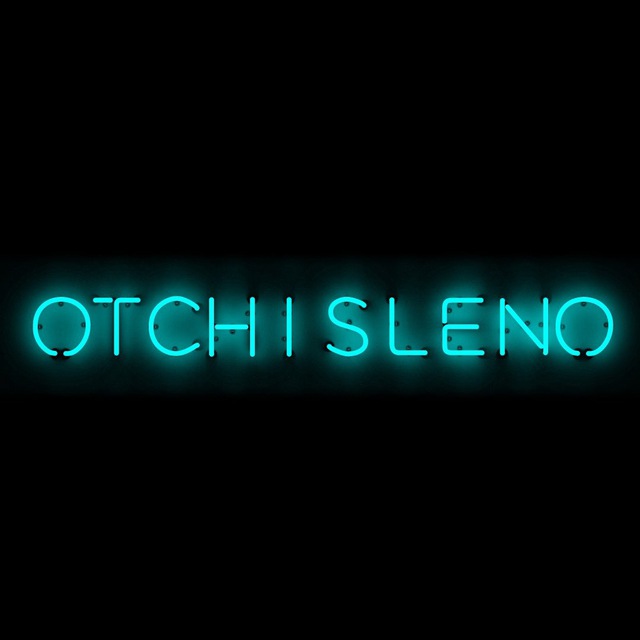p
Size: a a a
2020 August 05
хвататет линейной алгебры + физики
p
А это нихуя как бы не уровень железа, HLSL
там вроде не HLSL
p
а CG
Л🐸
там вроде не HLSL
В юпити HLSL
E
Кстати, кто что думаем про план
Я боюсь что из будет опять 10 штук. Ещё выкатит план Прокопьев с Цепкало
IK
Я боюсь что из будет опять 10 штук. Ещё выкатит план Прокопьев с Цепкало
Не должно, информационных центов не так много
Л🐸
In Unity, you write shader programs using the HLSL programming language.
HLSL syntax
The HLSL language itself has two syntaxes: a “legacy” DX9-style syntax, and a more modern DX10+ style syntax.
The difference is mostly in how texture sampling functions work:
The legacy syntax uses sampler2D, tex2D() and similar functions. This syntax works on all platforms.
The DX10+ syntax uses Texture2D, SamplerState and .Sample() functions. Some forms of this syntax do not work on OpenGL platforms, due to how textures and samplers are not different objects in OpenGL.
In Unity, you can avoid problems with HLSL syntax platform support by using predefined macros to declare and sample textures. Unity expands these macros to the most appropriate syntax, depending on the platform that the shader is being compiled for.
HLSL syntax
The HLSL language itself has two syntaxes: a “legacy” DX9-style syntax, and a more modern DX10+ style syntax.
The difference is mostly in how texture sampling functions work:
The legacy syntax uses sampler2D, tex2D() and similar functions. This syntax works on all platforms.
The DX10+ syntax uses Texture2D, SamplerState and .Sample() functions. Some forms of this syntax do not work on OpenGL platforms, due to how textures and samplers are not different objects in OpenGL.
In Unity, you can avoid problems with HLSL syntax platform support by using predefined macros to declare and sample textures. Unity expands these macros to the most appropriate syntax, depending on the platform that the shader is being compiled for.
Л🐸
Unity no longer uses Cg, but these keywords and file extensions are still supported. Note that all shader program code must be valid HLSL, even if it uses the Cg-related keywords and file extensions.
p
In Unity, you write shader programs using the HLSL programming language.
HLSL syntax
The HLSL language itself has two syntaxes: a “legacy” DX9-style syntax, and a more modern DX10+ style syntax.
The difference is mostly in how texture sampling functions work:
The legacy syntax uses sampler2D, tex2D() and similar functions. This syntax works on all platforms.
The DX10+ syntax uses Texture2D, SamplerState and .Sample() functions. Some forms of this syntax do not work on OpenGL platforms, due to how textures and samplers are not different objects in OpenGL.
In Unity, you can avoid problems with HLSL syntax platform support by using predefined macros to declare and sample textures. Unity expands these macros to the most appropriate syntax, depending on the platform that the shader is being compiled for.
HLSL syntax
The HLSL language itself has two syntaxes: a “legacy” DX9-style syntax, and a more modern DX10+ style syntax.
The difference is mostly in how texture sampling functions work:
The legacy syntax uses sampler2D, tex2D() and similar functions. This syntax works on all platforms.
The DX10+ syntax uses Texture2D, SamplerState and .Sample() functions. Some forms of this syntax do not work on OpenGL platforms, due to how textures and samplers are not different objects in OpenGL.
In Unity, you can avoid problems with HLSL syntax platform support by using predefined macros to declare and sample textures. Unity expands these macros to the most appropriate syntax, depending on the platform that the shader is being compiled for.
это в каком то новомодном юнити, раньше CG было. Видимо всунули рекомпилятор HLSL
Л🐸
это в каком то новомодном юнити, раньше CG было. Видимо всунули рекомпилятор HLSL
Да давно, уже пару лет как
p
Да давно, уже пару лет как
извините не слежу за говнодвижками
E
Не должно, информационных центов не так много
Меня смущает пл. Победы, там столько свободного места, что отсечь и окружить — плевое дело.
p
Меня смущает пл. Победы, там столько свободного места, что отсечь и окружить — плевое дело.
стоп там же про стелу говорилось
E
стоп там же про стелу говорилось
Да один хер
p
Да один хер
на стеле не окружишь же
p
там же парк по сути
E
IK
на стеле не окружишь же
+





